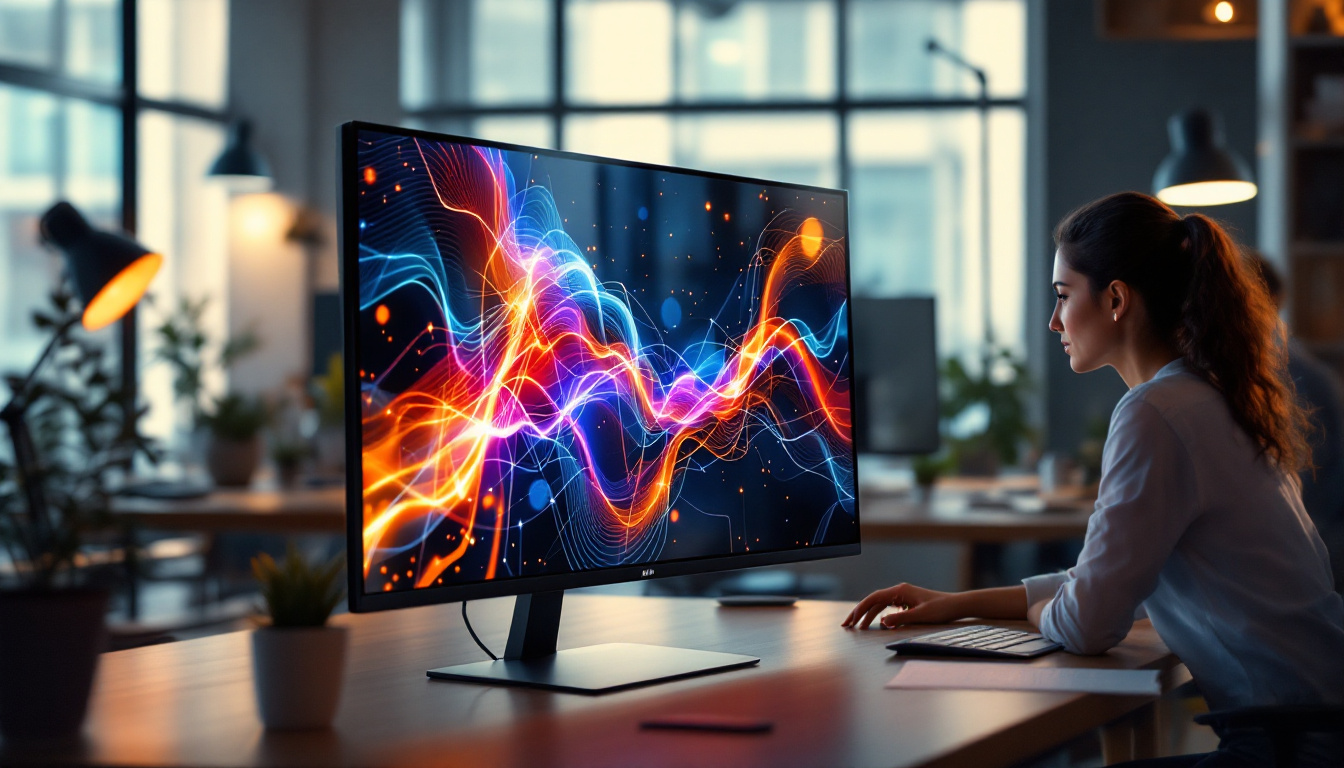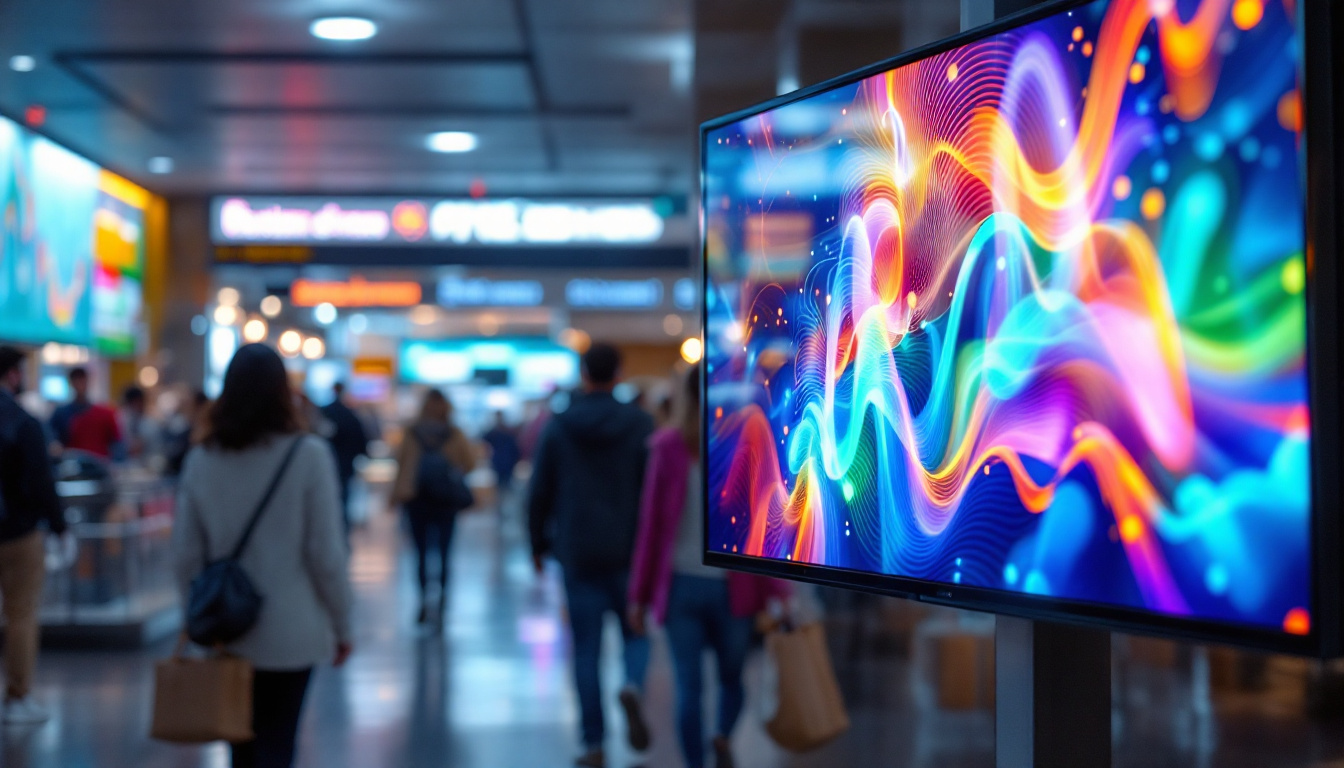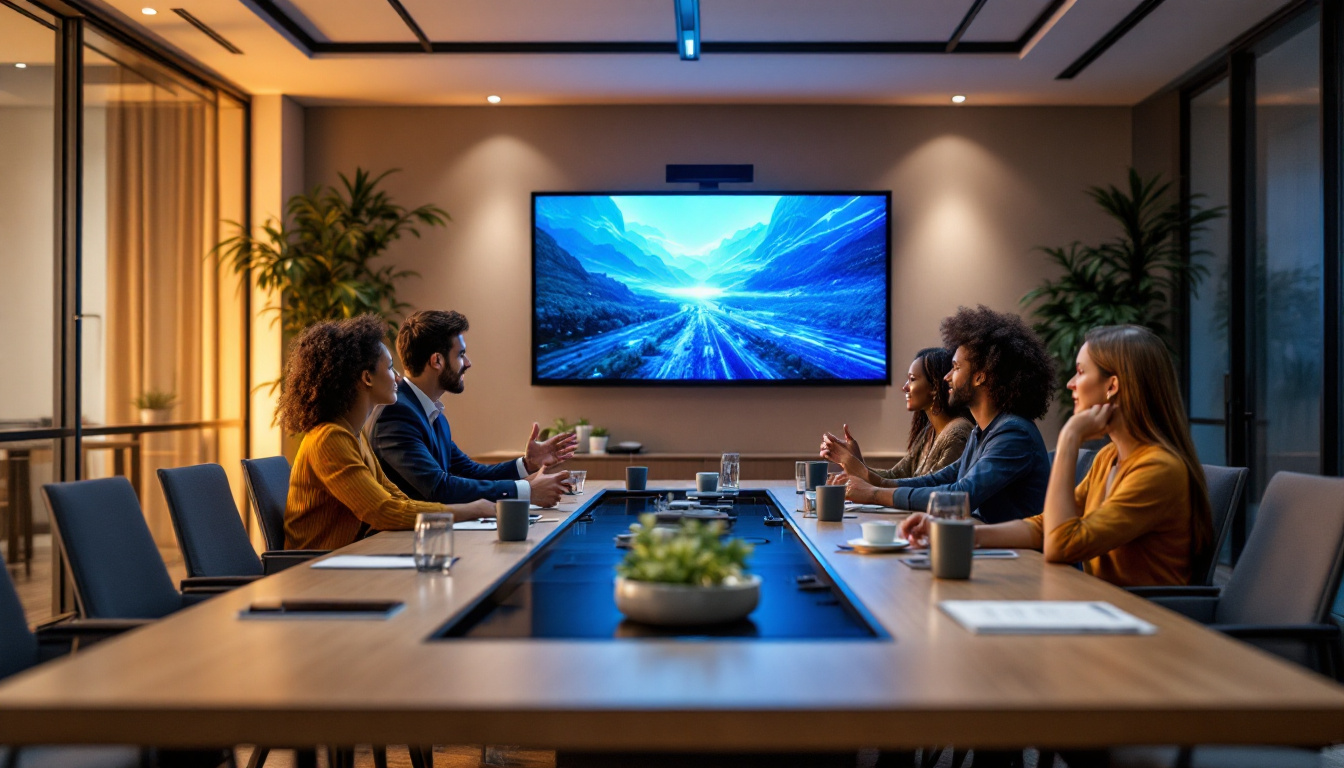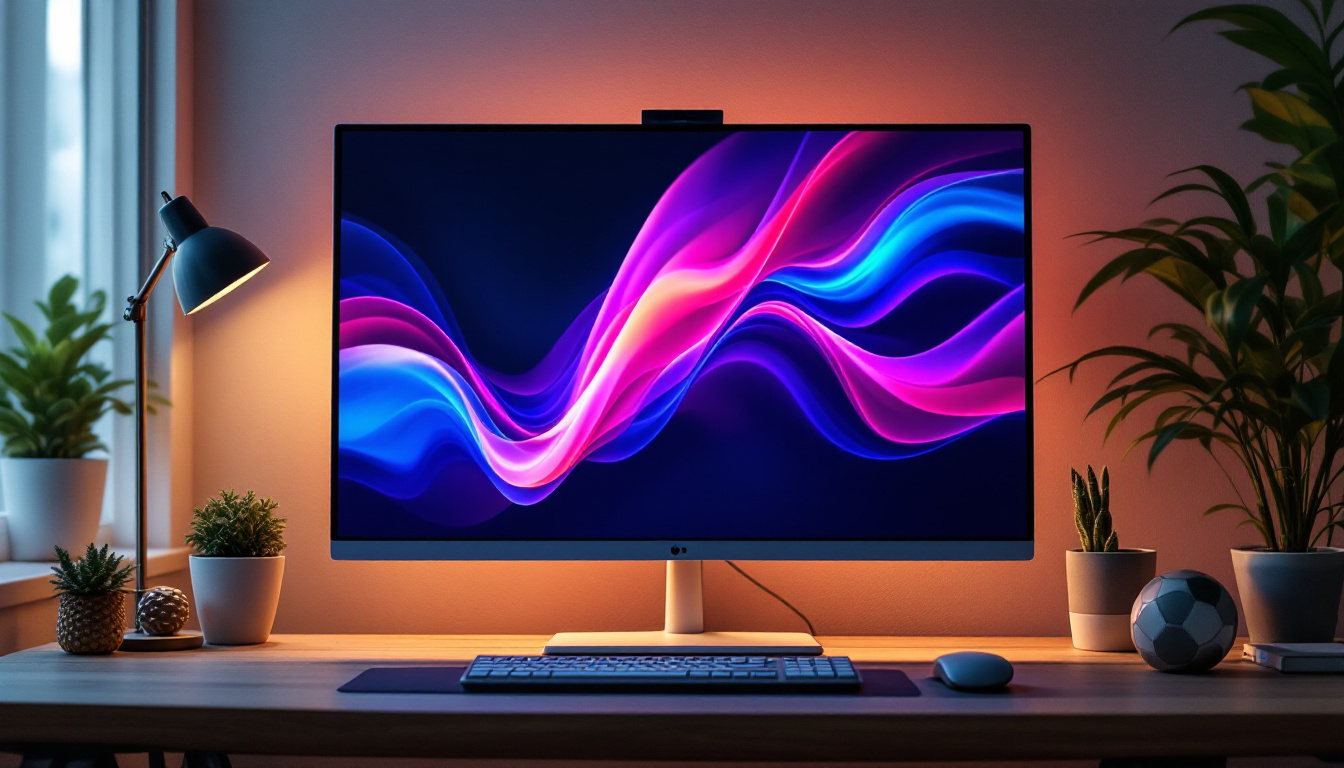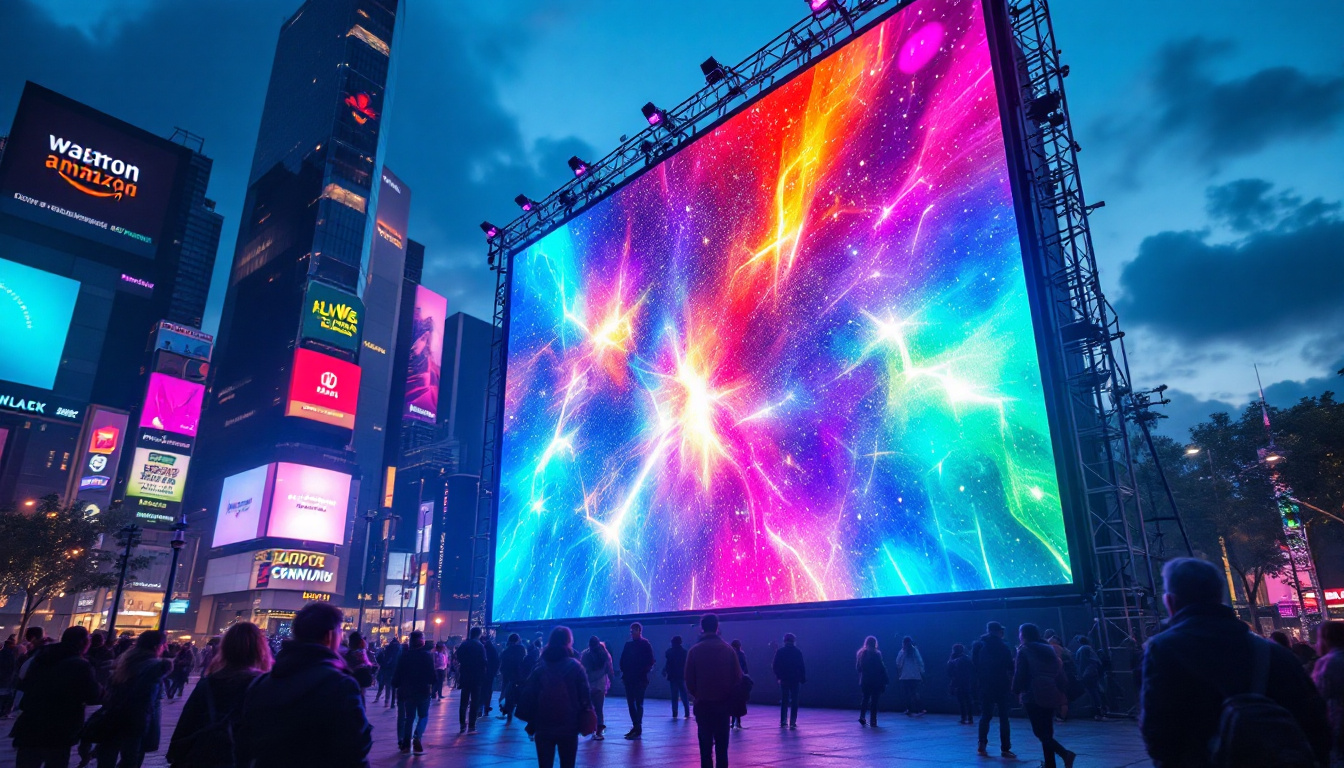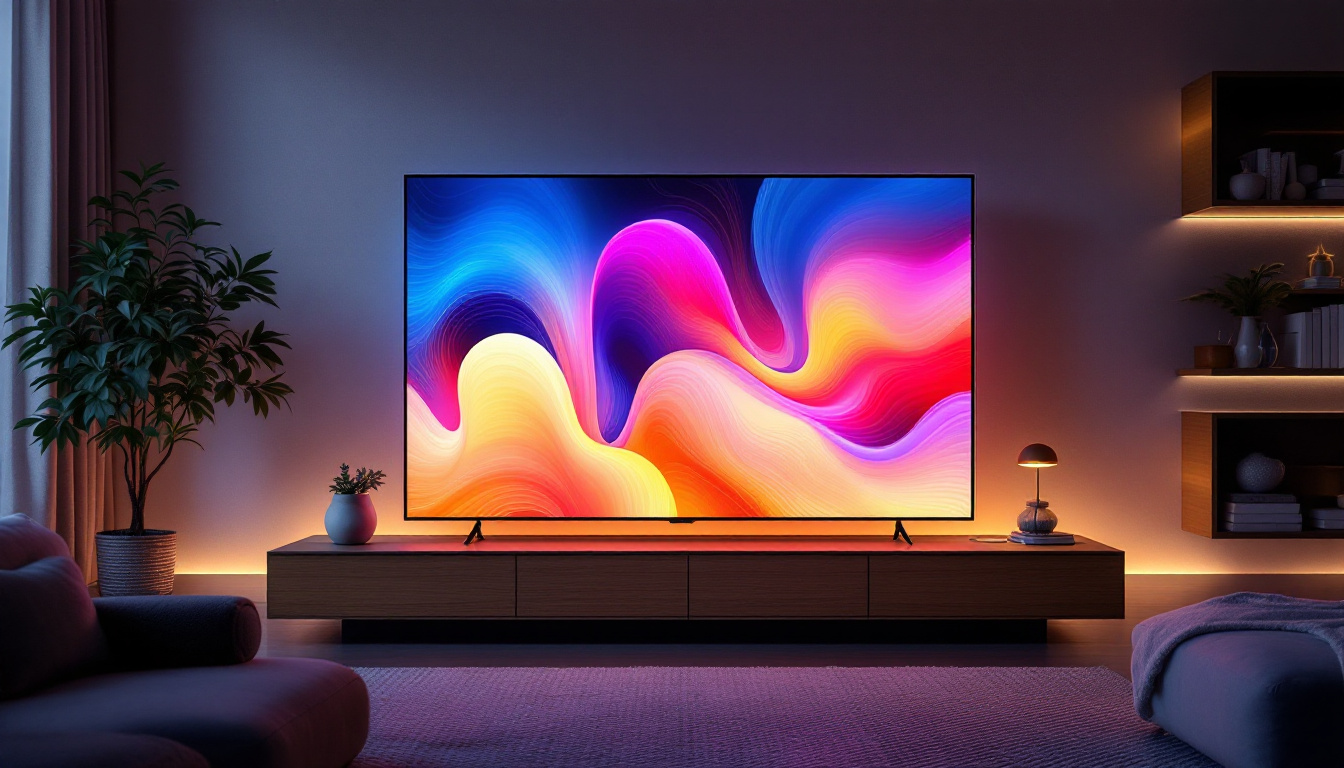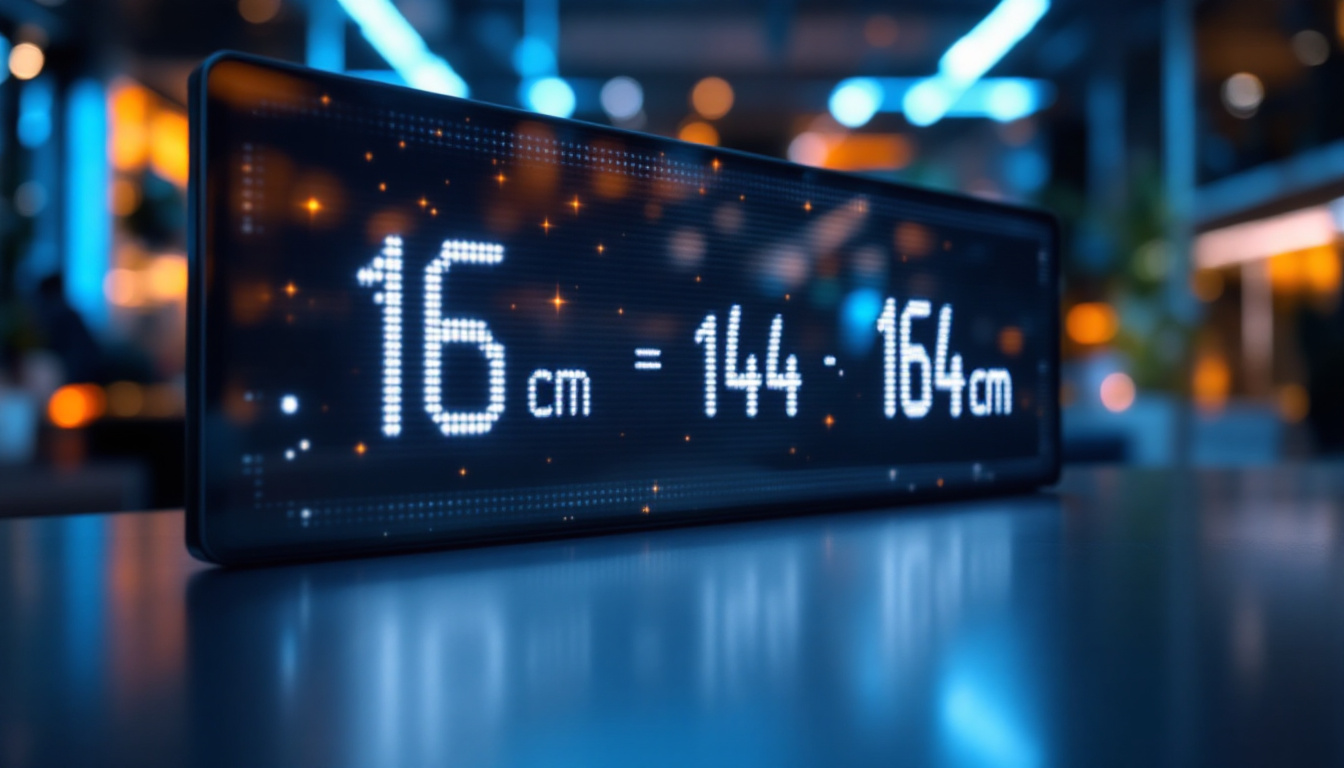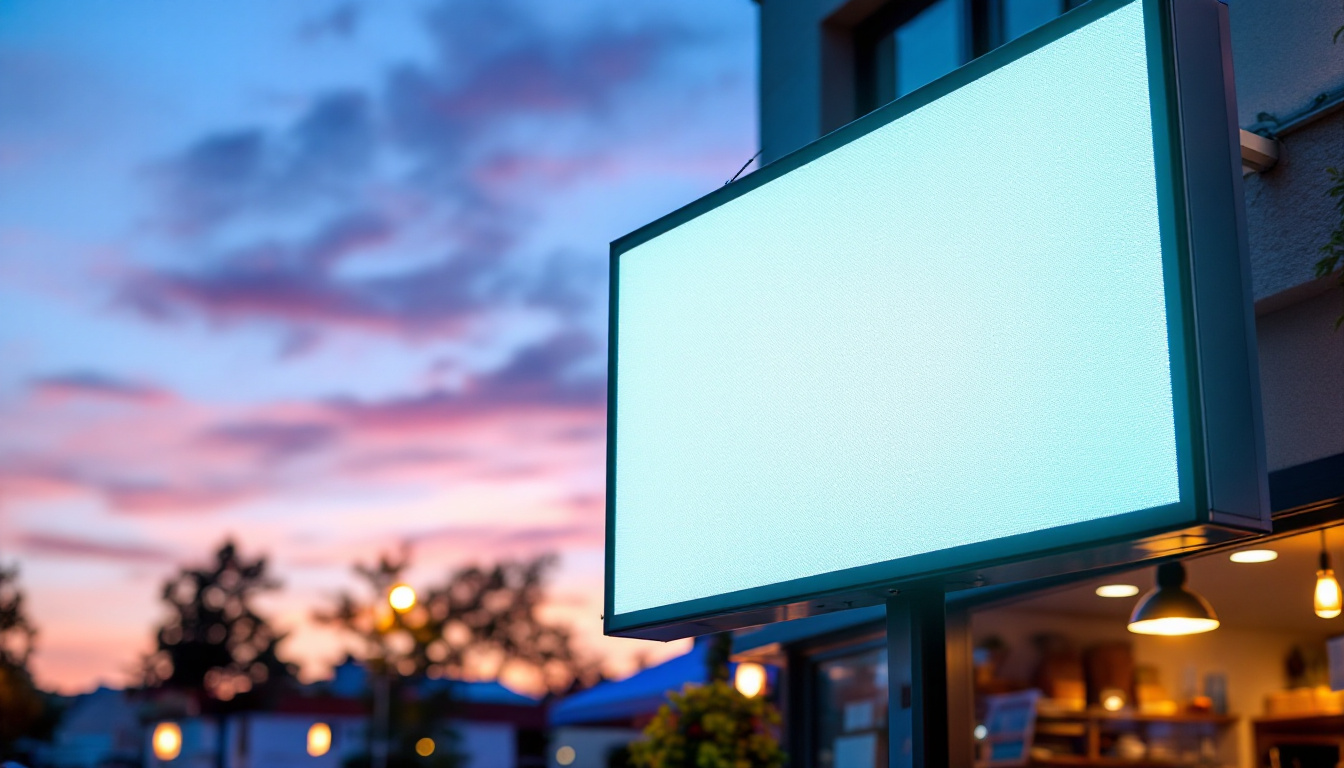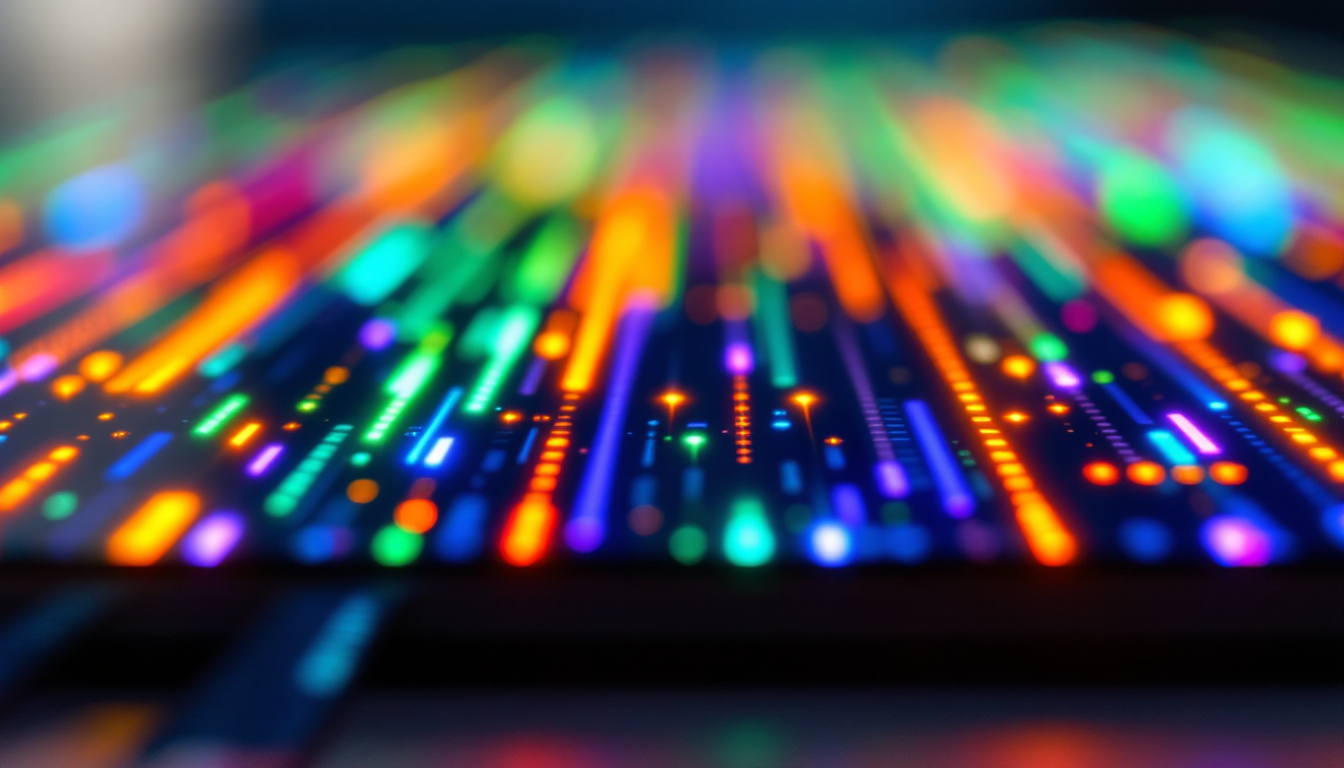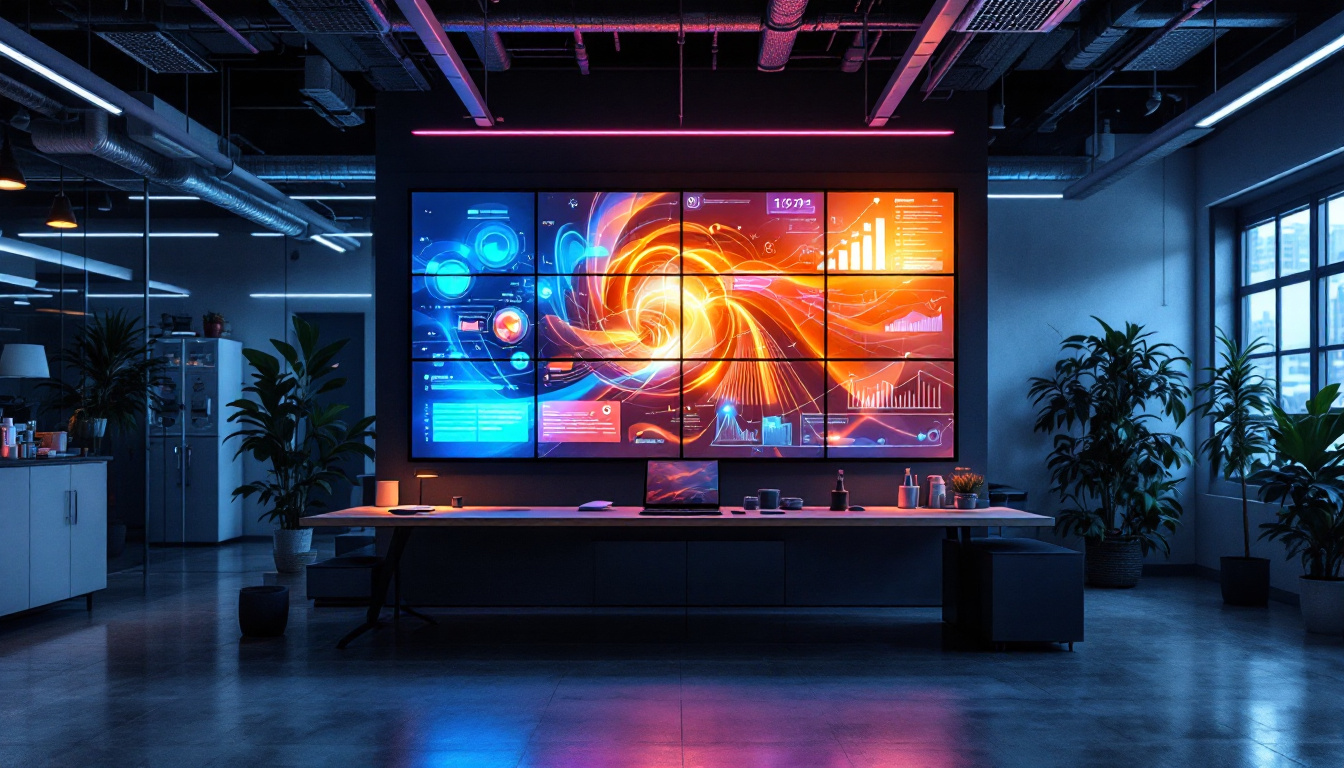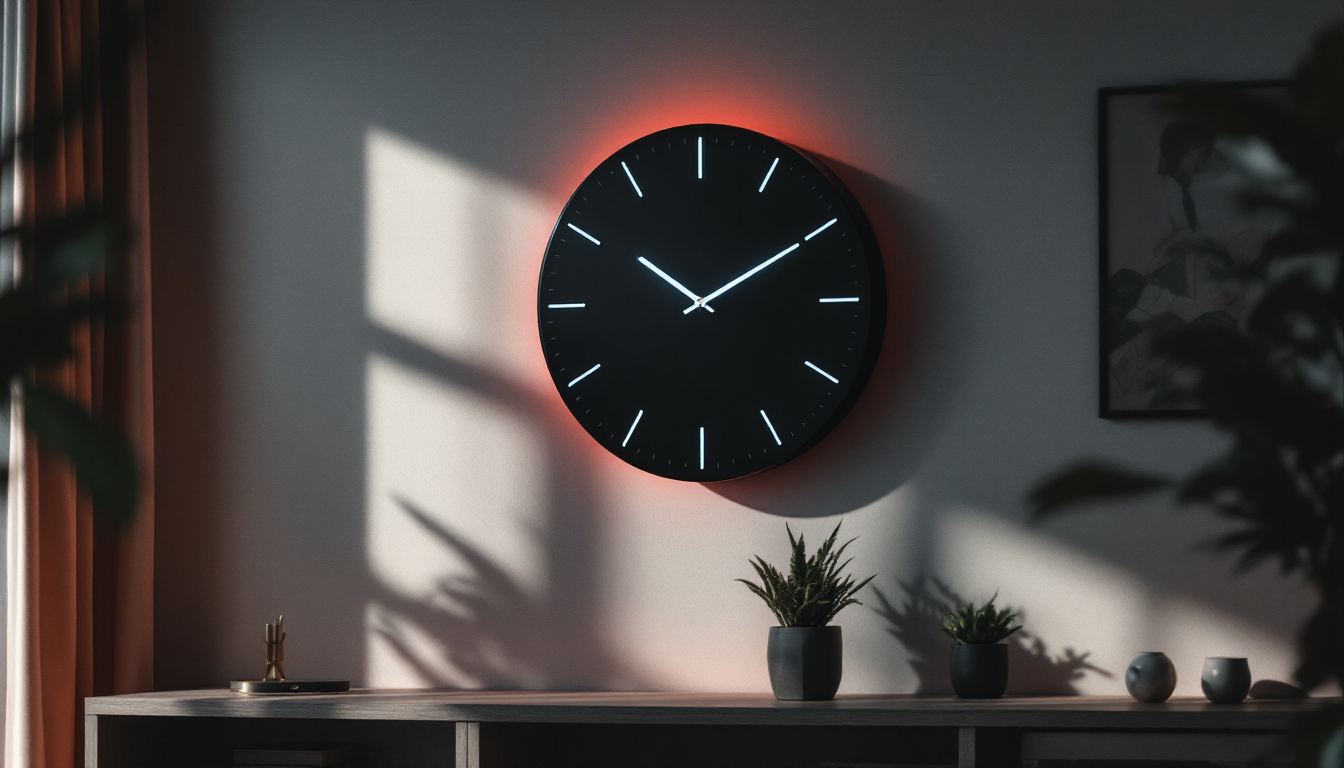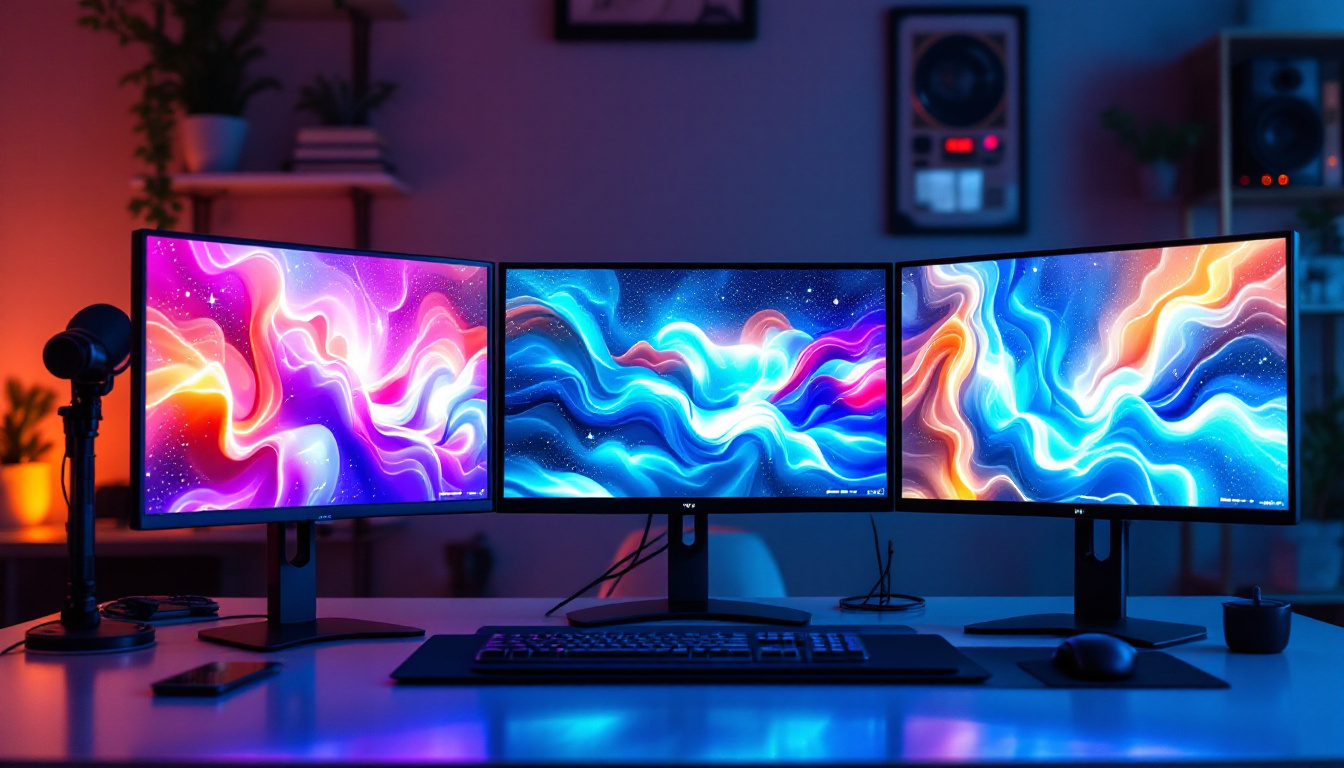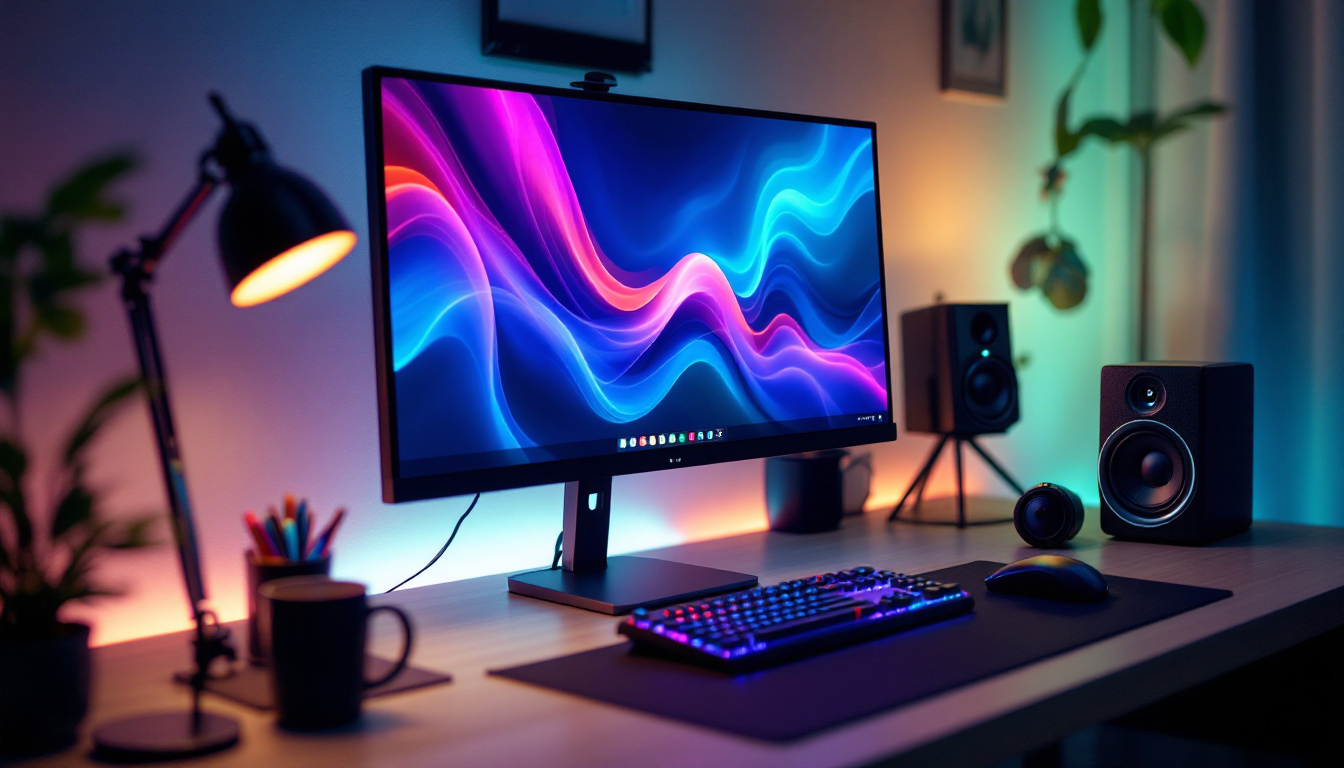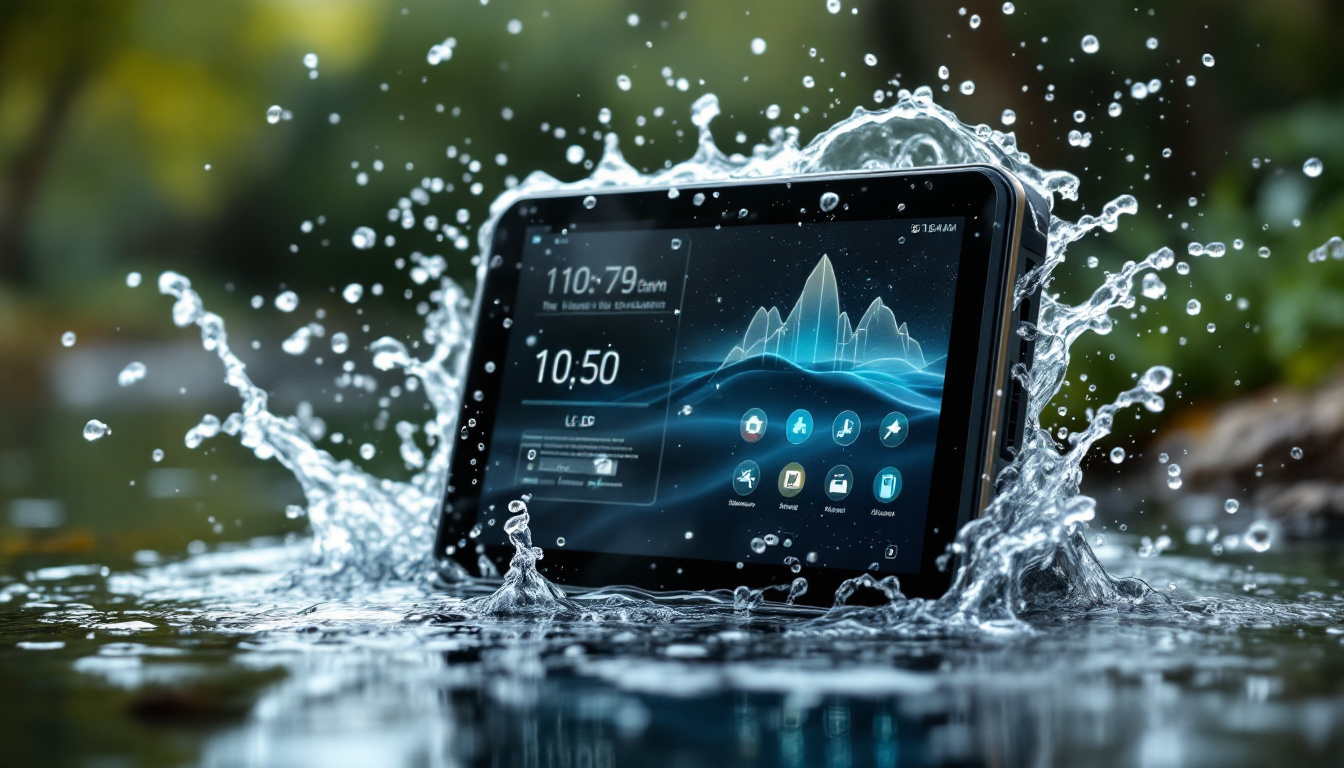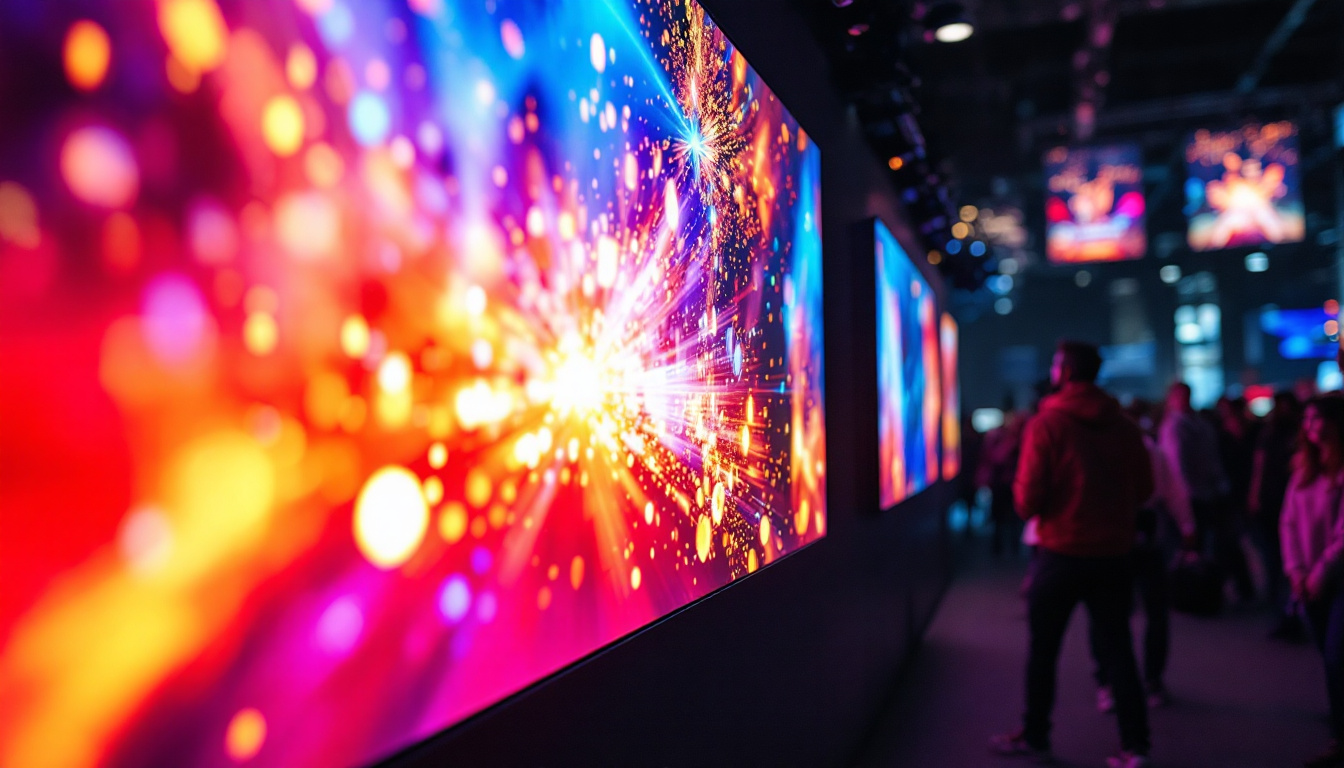In the realm of modern technology, touch monitors have become essential tools in various fields, from education to retail. Among these, the 55-inch touch monitor stands out for its size and functionality. This article delves into the intricacies of 55-inch touch monitors, particularly focusing on LED display technology, their advantages, applications, and considerations for users.
Understanding LED Display Technology
LED, or Light Emitting Diode, technology has revolutionized the way displays are manufactured and utilized. Unlike traditional LCD displays that rely on fluorescent backlighting, LED displays use small diodes that emit light, resulting in brighter, more vibrant images. This advancement has not only improved the aesthetics of screens but has also paved the way for innovative applications in various fields, from advertising to medical imaging.
How LED Displays Work
LED displays consist of an array of tiny light-emitting diodes that create images by turning on and off rapidly. This process allows for a wide range of colors and brightness levels, which is particularly beneficial for touch monitors. The ability to produce high contrast ratios and deep blacks enhances the overall viewing experience. Additionally, the rapid response time of LED technology minimizes motion blur, making it ideal for fast-paced video content and interactive applications.
Moreover, the energy efficiency of LED technology is a significant advantage. Compared to older display technologies, LED monitors consume less power, which can lead to cost savings over time, especially in environments where the monitors are used extensively. This energy efficiency not only contributes to lower electricity bills but also supports sustainability initiatives by reducing the carbon footprint associated with display usage.
Types of LED Displays
There are primarily two types of LED displays used in touch monitors: Edge-Lit and Direct-Lit. Edge-Lit displays have LEDs positioned along the edges of the screen, creating light that spreads across the display. This design allows for thinner monitors but may result in less uniform brightness. Despite this drawback, Edge-Lit displays are often favored in applications where space-saving design is crucial, such as in modern office environments or home entertainment systems.
On the other hand, Direct-Lit displays have LEDs placed directly behind the screen, providing more consistent lighting and better image quality. This type is often preferred for larger monitors, such as the 55-inch touch displays, as it enhances the overall viewing experience. Furthermore, advancements in Direct-Lit technology have led to the development of Full Array Local Dimming (FALD), which allows for even greater control over brightness levels by dimming specific zones of the display, resulting in stunning visuals that are particularly beneficial for high-definition content and gaming.
Benefits of 55-Inch Touch Monitors
The 55-inch touch monitor combines the advantages of large screen size with interactive capabilities, making it a versatile tool for various applications. Here are some of the key benefits:
Enhanced Interactivity
One of the most significant advantages of a 55-inch touch monitor is its interactivity. Users can engage directly with the display, making it ideal for presentations, collaborative work, and educational settings. The larger screen size allows multiple users to interact simultaneously, fostering a more engaging environment.
This interactivity is particularly beneficial in classrooms, where teachers can use touch monitors to display lessons, videos, and interactive content. Students can participate directly by touching the screen, enhancing their learning experience.
Improved Visibility
The size of a 55-inch monitor provides a substantial viewing area, ensuring that content is easily visible from a distance. This feature is especially advantageous in retail environments, where digital signage needs to attract customers’ attention. The bright and vibrant colors produced by LED technology further enhance visibility, making messages stand out.
In conference rooms, the large display allows all participants to see presentations clearly, reducing the strain of squinting at smaller screens. This improved visibility contributes to more effective communication and collaboration.
Applications of 55-Inch Touch Monitors
55-inch touch monitors find applications across various industries, showcasing their versatility and effectiveness. Here are some notable areas where these monitors are commonly used:
Education
In educational settings, 55-inch touch monitors serve as powerful teaching aids. They can be used to display interactive lessons, videos, and educational games, making learning more engaging for students. Teachers can annotate directly on the screen, facilitating real-time feedback and interaction.
Additionally, these monitors can be used for remote learning, allowing educators to connect with students virtually. The touch functionality enables seamless interaction, making online classes more effective and engaging.
Retail and Advertising
In the retail sector, 55-inch touch monitors are increasingly used for digital signage and interactive displays. They can showcase products, promotions, and advertisements, capturing the attention of potential customers. The touch capability allows users to explore products in detail, enhancing the shopping experience.
Moreover, these monitors can be utilized for wayfinding in large retail spaces, helping customers navigate the store more efficiently. The combination of vibrant visuals and interactivity makes them a powerful tool for driving sales and enhancing customer engagement.
Corporate Environments
In corporate settings, 55-inch touch monitors are valuable tools for presentations and meetings. They can be used to display slideshows, videos, and other content, facilitating effective communication among team members. The touch functionality allows for intuitive navigation through presentations, making it easier to highlight key points.
Furthermore, these monitors can be integrated with video conferencing systems, enabling remote collaboration. Participants can share their screens, annotate documents, and engage in discussions, regardless of their physical location.
Considerations When Choosing a 55-Inch Touch Monitor
When selecting a 55-inch touch monitor, several factors should be considered to ensure that the chosen model meets specific needs and requirements. Here are some essential considerations:
Resolution and Display Quality
The resolution of a touch monitor significantly impacts the quality of the displayed content. For a 55-inch monitor, a Full HD (1920 x 1080) resolution is generally considered the minimum, while 4K (3840 x 2160) resolution is becoming increasingly popular for its superior clarity and detail.
A higher resolution ensures that images and text appear sharp and clear, which is particularly important in professional settings where presentations and detailed graphics are common. Users should assess their specific needs to determine the appropriate resolution for their applications.
Touch Technology
Different touch technologies are available for touch monitors, including resistive, capacitive, and infrared. Capacitive touch screens are the most common in modern displays, offering high sensitivity and multi-touch capabilities. This technology allows for smooth interactions and is ideal for applications requiring multiple users to engage simultaneously.
Resistive touch screens, while generally more affordable, may not provide the same level of responsiveness and durability. Understanding the intended use of the monitor will help in selecting the most suitable touch technology.
Connectivity Options
Connectivity is a crucial aspect to consider when choosing a 55-inch touch monitor. The monitor should have multiple input options, such as HDMI, USB, and DisplayPort, to accommodate various devices. This flexibility ensures that the monitor can be easily integrated into existing setups, whether for educational, corporate, or retail use.
Additionally, some monitors offer wireless connectivity options, allowing for seamless integration with laptops and mobile devices. This feature can enhance the user experience by eliminating the need for cables and providing greater mobility.
Maintenance and Care for Touch Monitors
Proper maintenance and care are essential to ensure the longevity and performance of a 55-inch touch monitor. Here are some tips for keeping the monitor in optimal condition:
Regular Cleaning
Touch monitors can accumulate fingerprints, dust, and smudges over time, which can affect visibility and touch sensitivity. It’s important to clean the screen regularly using a microfiber cloth and a gentle cleaning solution specifically designed for electronics. Avoid using harsh chemicals, as they can damage the screen.
Additionally, the bezels and other surfaces should be wiped down to maintain a professional appearance, especially in corporate or retail environments where presentation matters.
Software Updates
Many touch monitors come with built-in software that may require regular updates to ensure optimal performance. Keeping the firmware and drivers up to date can enhance functionality, fix bugs, and improve compatibility with other devices.
Users should check the manufacturer’s website for any available updates and follow the recommended procedures for installation. Regular updates can prolong the lifespan of the monitor and enhance the user experience.
Future Trends in Touch Monitor Technology
The future of touch monitor technology is poised for exciting developments. As technology continues to evolve, several trends are emerging that could shape the next generation of touch monitors:
Advancements in Display Technology
As display technology progresses, touch monitors are expected to benefit from innovations such as OLED and MicroLED. These technologies offer superior color accuracy, contrast ratios, and energy efficiency compared to traditional LED displays. The adoption of these advanced technologies could enhance the overall viewing experience, making touch monitors even more appealing.
Additionally, improvements in touch sensitivity and multi-touch capabilities will likely continue, allowing for more intuitive interactions and enhanced user experiences.
Integration with Artificial Intelligence
Artificial intelligence (AI) is becoming increasingly integrated into various technologies, and touch monitors are no exception. Future models may incorporate AI features that enhance user interaction, such as gesture recognition and voice commands. These advancements could streamline workflows and make touch monitors even more versatile in various applications.
Furthermore, AI could enable personalized experiences, adapting the monitor’s settings and content based on user preferences and behaviors.
Conclusion
The 55-inch touch monitor represents a significant advancement in display technology, combining the benefits of size, interactivity, and LED display capabilities. Its applications span across education, retail, and corporate environments, making it a versatile tool for enhancing communication and engagement.
When choosing a touch monitor, it is essential to consider factors such as resolution, touch technology, and connectivity options. With proper maintenance and care, these monitors can provide years of reliable service, making them a valuable investment for any organization.
As technology continues to evolve, the future of touch monitors looks promising, with advancements in display technology and AI integration on the horizon. Embracing these innovations will ensure that users can leverage the full potential of 55-inch touch monitors in their respective fields.
Discover Cutting-Edge Touch Monitors with LumenMatrix
Ready to elevate your interactive experiences with the latest in LED display technology? LumenMatrix is at the forefront of innovation, offering a wide range of LED display solutions tailored to meet your needs. From captivating Indoor LED Walls to dynamic Outdoor LED Displays, and from versatile Vehicle LED Displays to sleek LED Poster Displays, our products are designed to revolutionize visual communication. Explore our LED Sports Displays, interactive Floor LED Displays, and the transformative All-in-One and Custom LED Display options. With LumenMatrix, engage your audience like never before. Check out LumenMatrix LED Display Solutions today and witness the future of digital signage and interactive displays.

